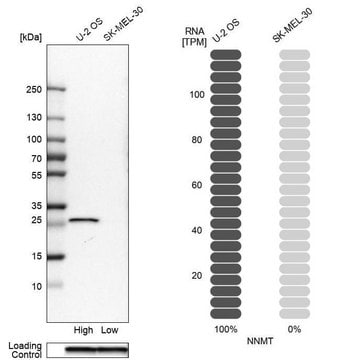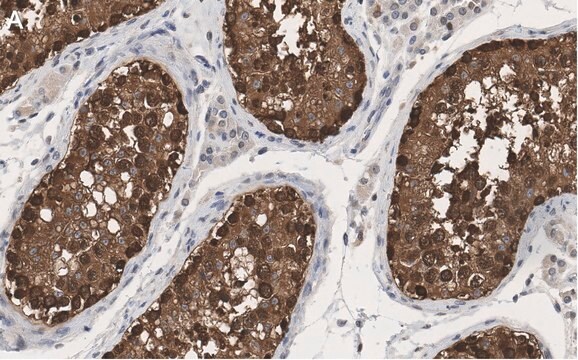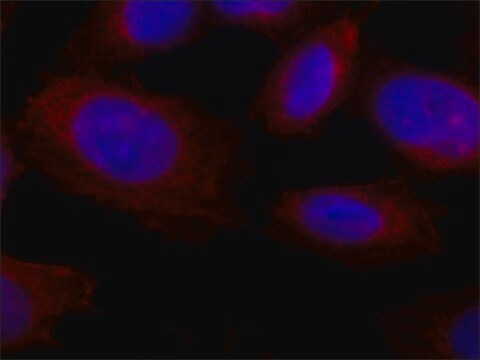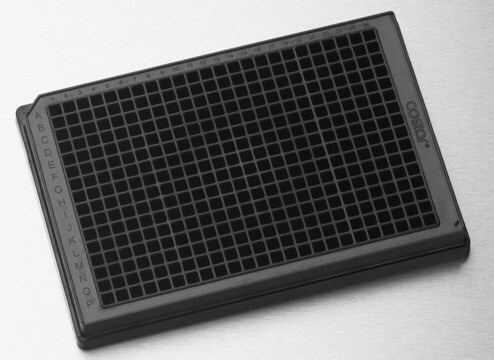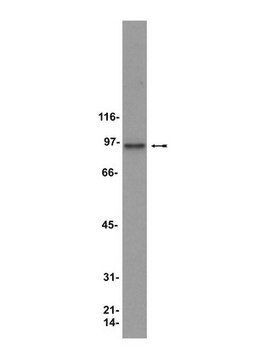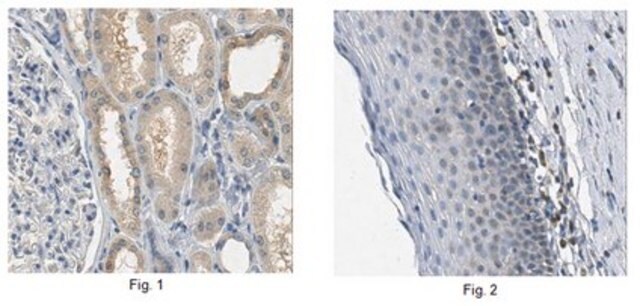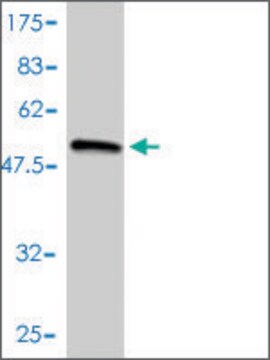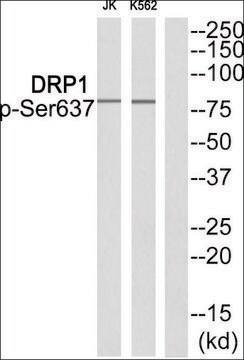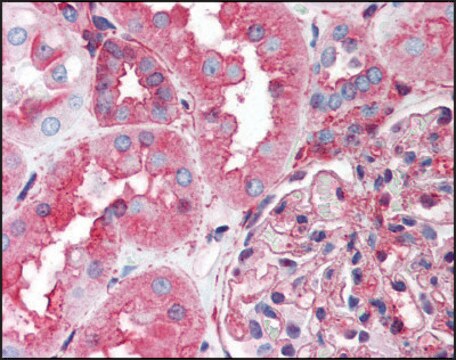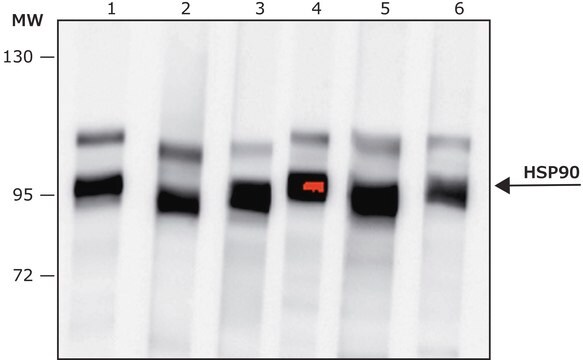MABC1106
Anti-Hsp90 alpha Antibody, clone 1G6-D7
clone 1G6-D7, from mouse
Synonym(e):
Heat shock protein HSP 90-alpha, Heat shock 86 kDa, HSP 86, Lipopolysaccharide-associated protein 2, LAP-2, LPS-associated protein 2, Renal carcinoma antigen NY-REN-38
About This Item
Empfohlene Produkte
Biologische Quelle
mouse
Antikörperform
purified immunoglobulin
Antikörper-Produkttyp
primary antibodies
Klon
1G6-D7, monoclonal
Speziesreaktivität
human
Verpackung
antibody small pack of 25 μg
Methode(n)
ELISA: suitable
immunoprecipitation (IP): suitable
inhibition assay: suitable
western blot: suitable
Isotyp
IgG1κ
NCBI-Hinterlegungsnummer
UniProt-Hinterlegungsnummer
Posttranslationale Modifikation Target
unmodified
Angaben zum Gen
human ... HSP90AA1(3320)
Verwandte Kategorien
Allgemeine Beschreibung
Spezifität
Immunogen
Anwendung
ELISA Analysis: A representative lot detected Hsp90 alpha in ELISA applications (Zou, M., et. al. (2017). Oncogene. 36(15):2160-2171).
Affects Function Analysis: A representative lot blocked parental MDA-MB-231 cell invasion in a dose-dependent manner. (Zou, M., et. al. (2017). Oncogene. 36(15):2160-2171).
Western Blotting Analysis: A representative lot detected Hsp90 alpha in Western Blotting applications (Zou, M., et. al. (2017). Oncogene. 36(15):2160-2171).
Inhibits Activity/Function Analysis: A representative lot inhibited both de novo tumor formation and expansion of already formed tumors in mice. (Zou, M., et. al. (2017). Oncogene. 36(15):2160-2171).
Qualität
Western Blotting Analysis: 1 µg/mL of this antibody detected Hsp90 alpha in MDA-MB-231 cell lysate.
Zielbeschreibung
Physikalische Form
Sonstige Hinweise
Sie haben nicht das passende Produkt gefunden?
Probieren Sie unser Produkt-Auswahlhilfe. aus.
Analysenzertifikate (COA)
Suchen Sie nach Analysenzertifikate (COA), indem Sie die Lot-/Chargennummer des Produkts eingeben. Lot- und Chargennummern sind auf dem Produktetikett hinter den Wörtern ‘Lot’ oder ‘Batch’ (Lot oder Charge) zu finden.
Besitzen Sie dieses Produkt bereits?
In der Dokumentenbibliothek finden Sie die Dokumentation zu den Produkten, die Sie kürzlich erworben haben.
Unser Team von Wissenschaftlern verfügt über Erfahrung in allen Forschungsbereichen einschließlich Life Science, Materialwissenschaften, chemischer Synthese, Chromatographie, Analytik und vielen mehr..
Setzen Sie sich mit dem technischen Dienst in Verbindung.